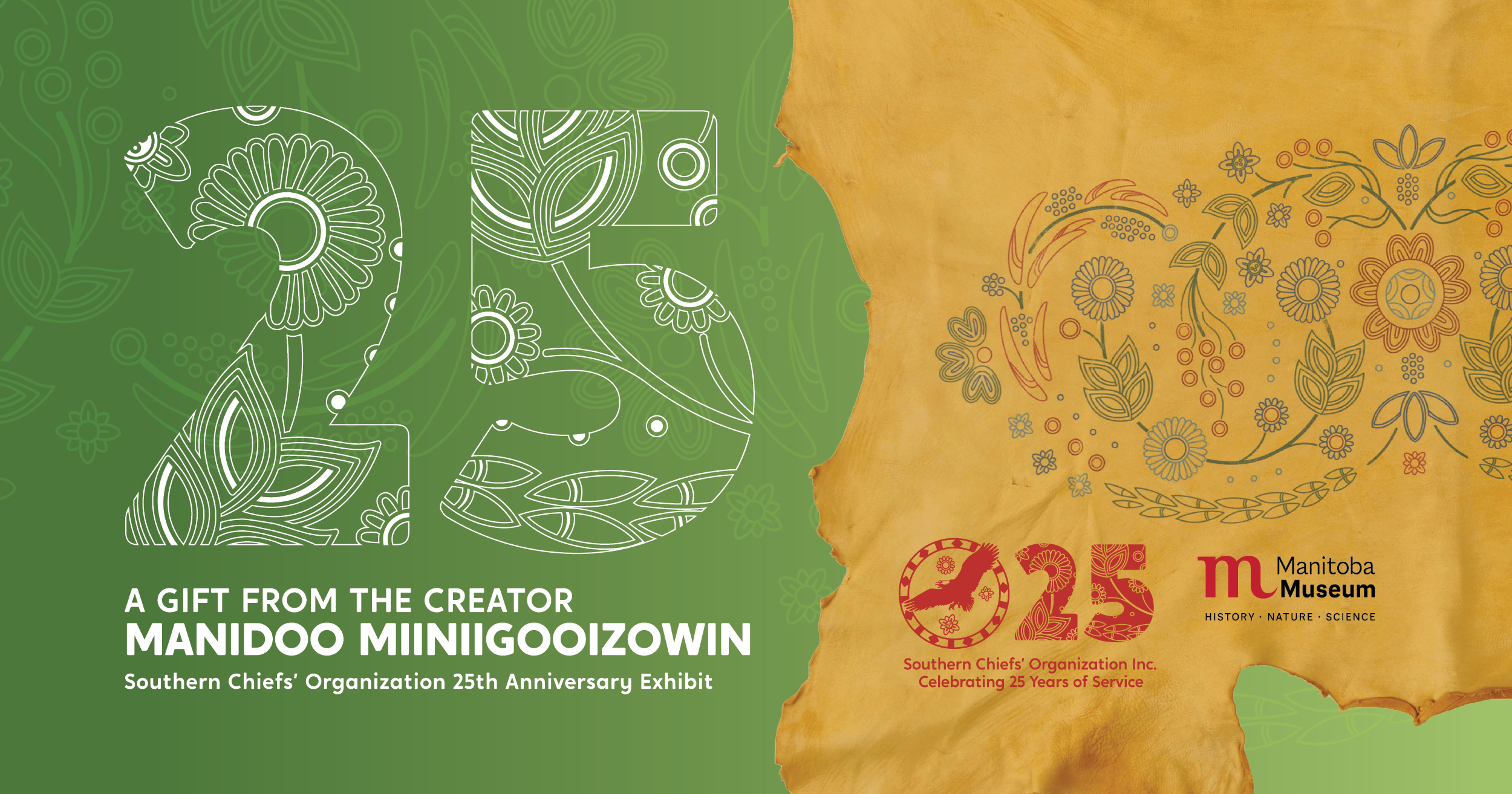ANISHINAABE AND DAKOTA TERRITORY, MB — The Southern Chiefs’ Organization (SCO) is pleased to announce “Manidoo Miiniigooizowin, A Gift from the Creator,” SCO’s special 25th Anniversary Exhibit on display now at the Manitoba Museum.
“The Southern Chiefs’ Organization is very pleased to launch “Manidoo Miiniigooizowin, A Gift from the Creator,” a powerful exhibit that showcases incredible objects that represent our 34 Anishinaabe and Dakota member Nations,” shared Grand Chief Jerry Daniels. “The exhibition is a celebration of the past, present, and future. The objects on display exemplify the beauty and resilience of the Anishinaabe and Dakota peoples and celebrate the 25th anniversary of SCO.”
Following the guidance of Elders and Knowledge Keepers, SCO and the Manitoba Museum created the exhibition in ceremony. It opens in advance of spring break, which is the museum’s busiest time of the year.
“Many of the objects in this exhibit have been generously shared by individuals and families who proudly represent their respective Nations, and all were designed or made by talented citizens of the SCO member Nations,” shared Chief E.J. Fontaine of the Sagkeeng Anicinabe First Nation. “I am pleased to share that Amanda McLeod, a Sagkeeng citizen, is the co-curator and I commend SCO for ensuring a talented southern First Nation person had a prominent role in developing the exhibit.”
This exhibit also includes historical objects from the Manitoba Museum collections —community treasures from decades past. With both the ‘old’ and the ‘new’ on display, Manidoo Miiniigooizowin, A Gift from the Creator showcases a walk through many Anishinaabe and Dakota generations.
SCO thanks the Manitoba Museum and expresses gratitude for providing the space for the exhibit.
“Co-creating and co-curating Manidoo Miiniigooizowin: A Gift from the Creator with the Southern Chiefs’ Organization was a great honour for our team and a meaningful opportunity to celebrate SCO’s incredible history and contemporary work. Community exhibitions offer the Museum a unique way to discover and share stories that help us know and appreciate one another; Manidoo Miiniigooizowin honours the diverse identities, knowledge, resistance, strengths, and talents of Anishinaabe and Dakota peoples. This beautiful collaboration will bring many communities together, for which we are truly grateful,” shared Dorota Blumczyńska, Chief Executive Officer of the Manitoba Museum.
“In curating this exhibit, we wanted to showcase the vibrancy, talents, and skills of Anishinaabe and Dakota peoples and it also broaden the perception of what First Nations art is. As such, we chose to include artists and makers at various stages of their careers and across a multitude of media, from historical to contemporary,” stated Amanda McLeod, Co-Curator and member of the Sagkeeng Anicinabe Nation.
McLeod earned a Bachelor of Arts degree in Conservation Studies at Birmingham City University and the City and Guilds of London Art School in London, England, before returning home to earn a Master of Arts in Cultural Studies and Curatorial Practices at the University of Winnipeg.
“This exhibit started by examining the collections at the museum and we found 19 SCO member Nations were represented. From there, Amanda reached out to community members to ensure all 34 Nations were showcased. Co-curating this exhibit with Amanda has not only been really enjoyable but also incredibly beneficial for relationship-building and working together in the spirit of respect and reciprocity,” shared Dr. Amelia Fay, Curator of Anthropology and the HBC Museum Collection.
The Manidoo Miiniigooizowin, A Gift from the Creator exhibit runs for one year. Admission to the Manitoba Museum is free of charge for First Nation, Inuit, and Métis peoples. The exhibit is the first of several events SCO has planned to recognize and celebrate their 25 years of advocacy and service.



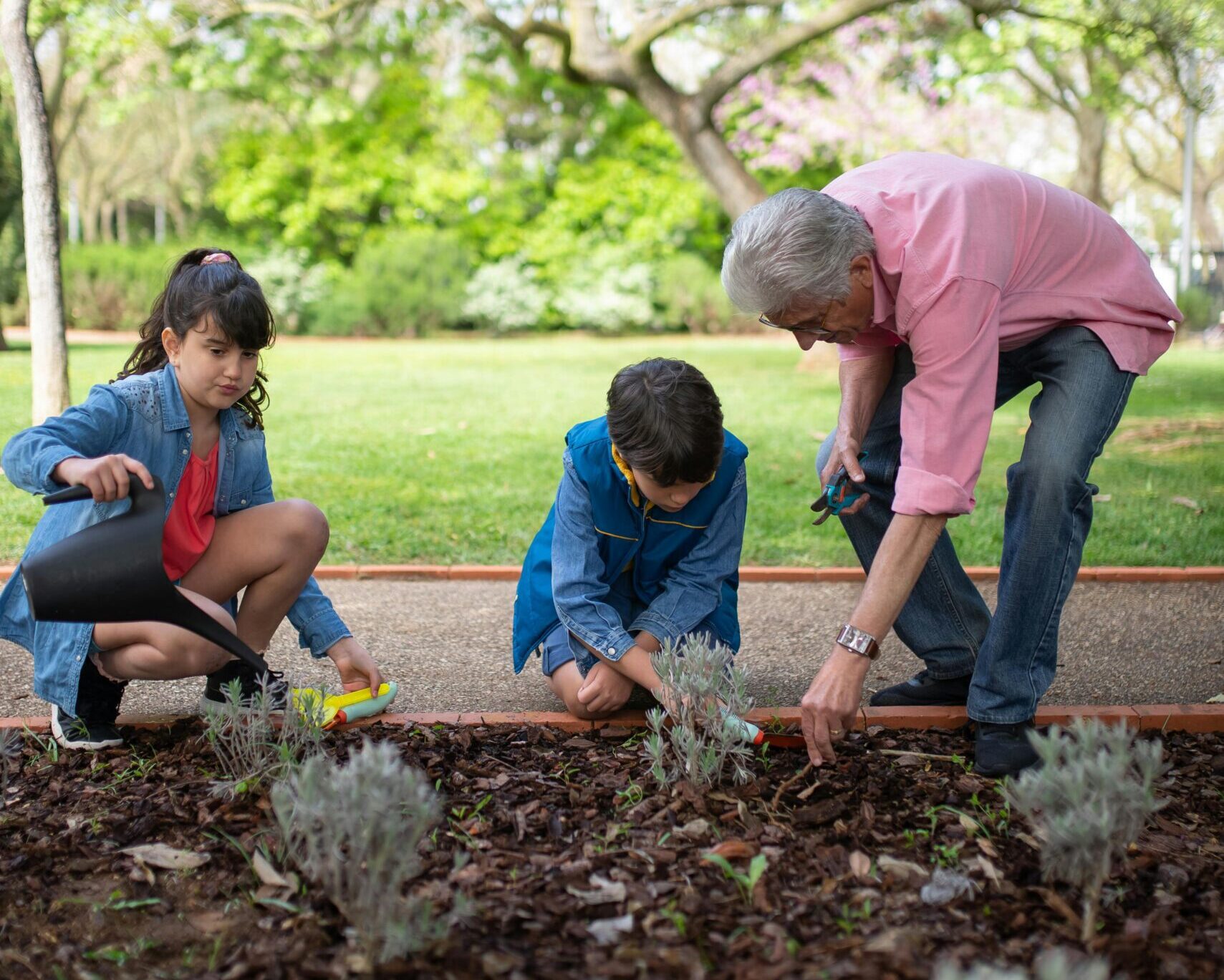
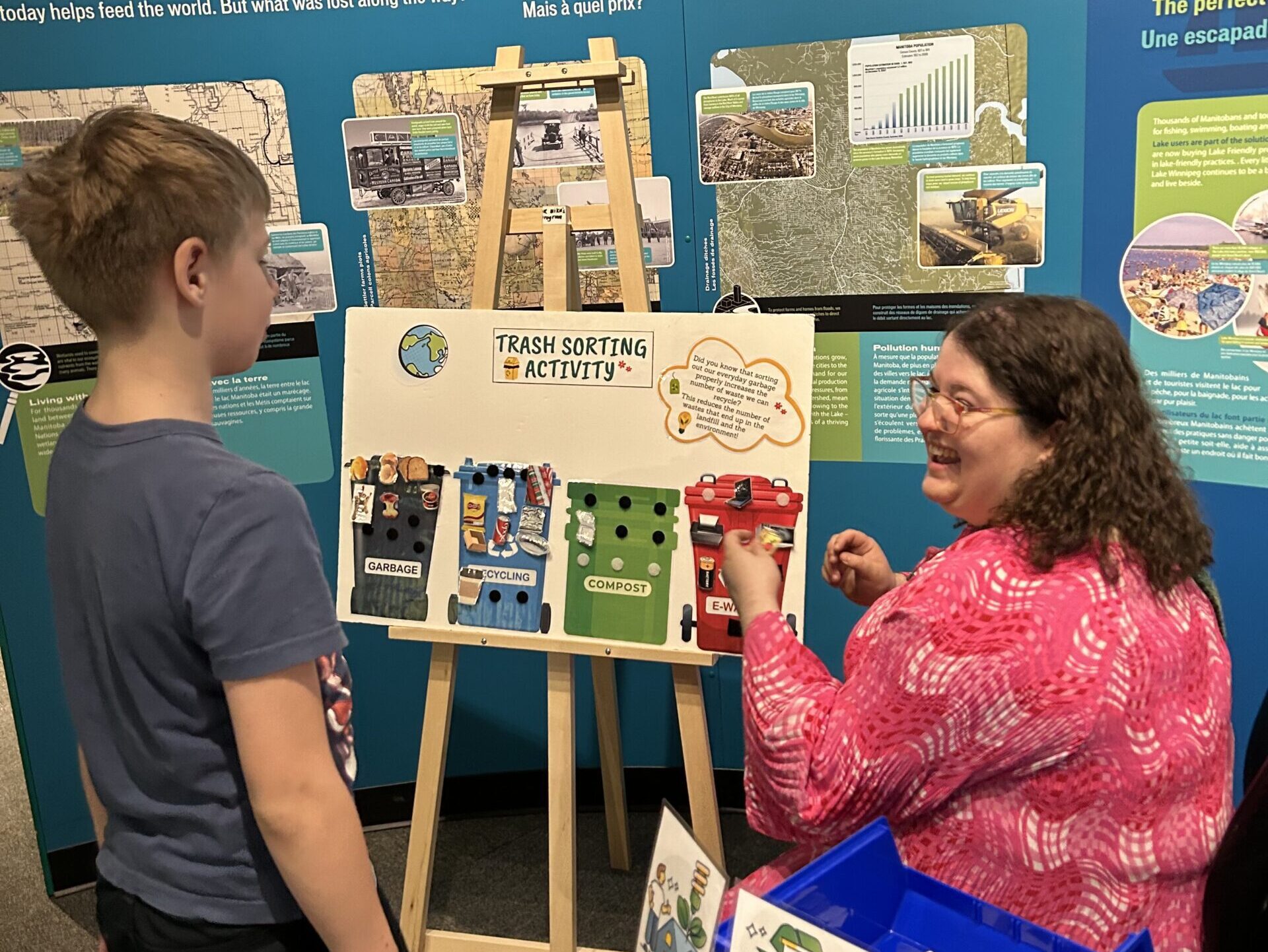
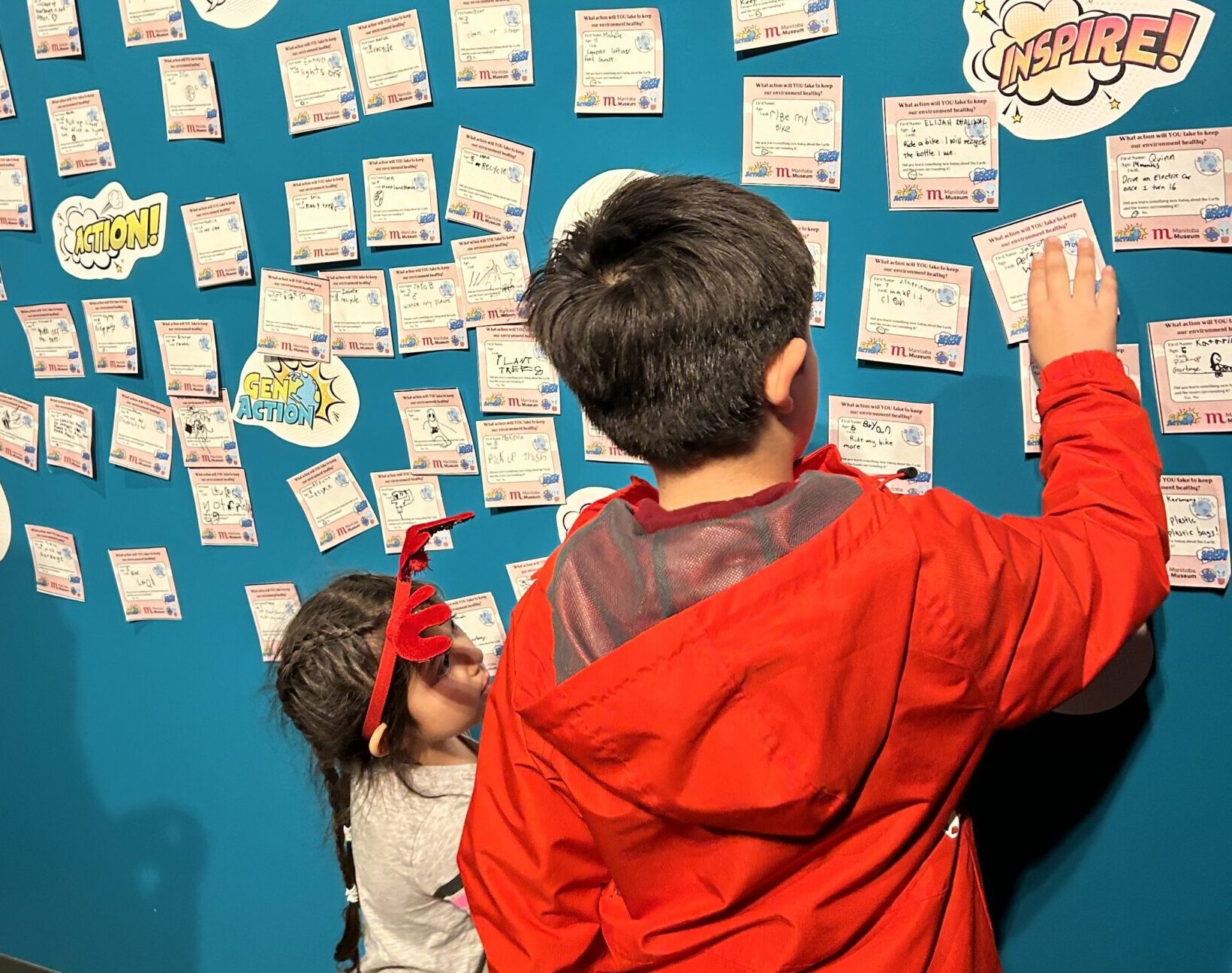
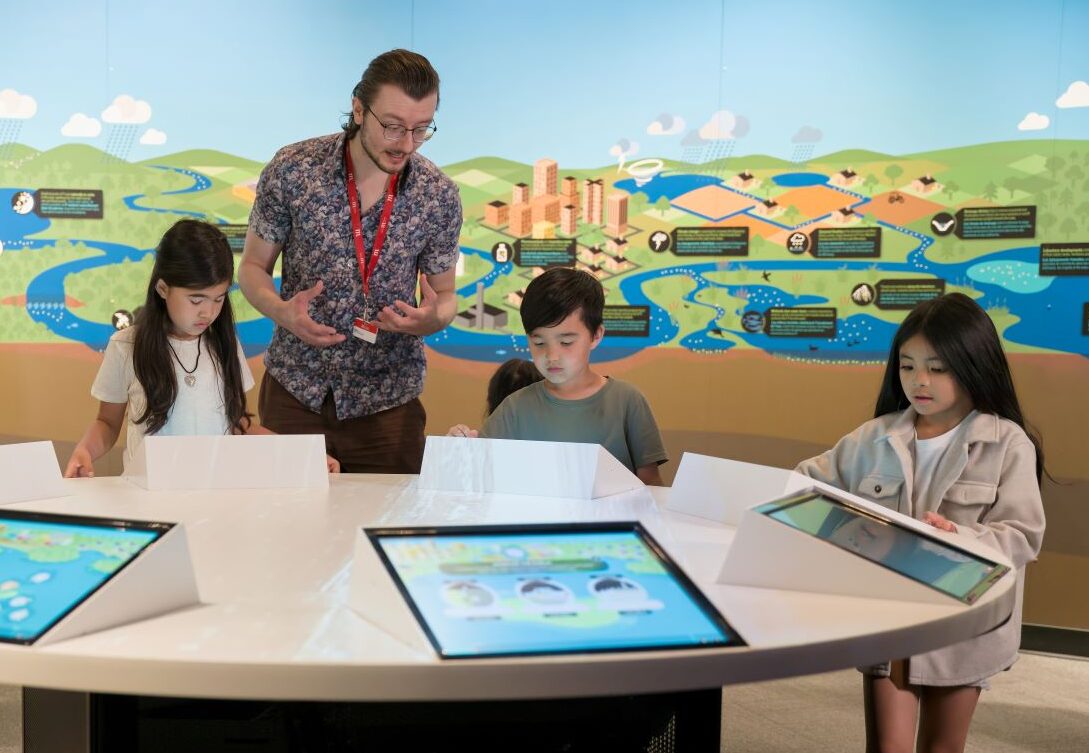


 MEDIA ADVISORY – The Manitoba Museum’s Planetarium Astronomer, Scott Young, will be hosting a press conference on Thursday, April 4 to answer media questions regarding the upcoming solar eclipse and the Manitoba Museum’s
MEDIA ADVISORY – The Manitoba Museum’s Planetarium Astronomer, Scott Young, will be hosting a press conference on Thursday, April 4 to answer media questions regarding the upcoming solar eclipse and the Manitoba Museum’s 